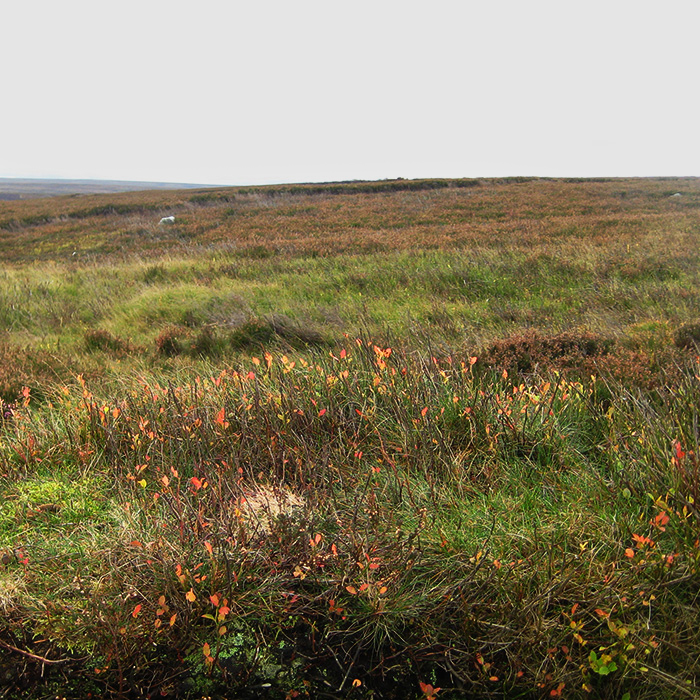Out of the heather
Author: Mark Walford
This year’s grouse season is nearly upon us, although a very cold spring in parts of Scotland has reduced the number of birds, for what remains one of the forms of shooting wholly dependent on a wild quarry. Although man is increasingly able to look after the grouse, there is little that can be done to protect them from inclement – and often dramatic – weather high up in the hills. For the sportsman, few experiences can generate the excitement posed by the sight of a large covey of grouse – often first spotted hundreds of yards out in front – speeding towards him, just above the heather, and then disappearing in a flash over, and then behind, the line of guns; or of having a covey of grouse burst up from the ground, when walking towards them, issuing their unmistakeable cry of “get back, get back”. This can only take place in the magnificent surroundings of the north of England, Wales or Scotland, where it is still possible to believe that one is among the first of mankind to set foot in this wild and unspoilt environment.
The grouse season has been a great social event since the 19th century, as the country houses, and now many hotels, throw open their doors to welcome friends, guests and sportsmen and women from all over the world, who come to the British Isles for a sporting occasion that is unique to this country. With large gatherings comes the necessity of entertainment and celebration, which provides a perfect opportunity for fine wine in large bottle sizes. There are few more encouraging sights than a row of magnums, or even a double magnum or two, standing on the serving table, awaiting a dinner when all the participants will have a healthy appetite after their day spent exposed to the elements high on the hill.
Grouse is as important to the epicure as it is to the sportsman: the flesh of the young red grouse is very tender, and has a deep red colour which can give the impression of being underdone when properly cooked, but overcooking a grouse is one of the great culinary blunders. Since grouse is wild, it has little or no fat, and is very prone to drying out if it spends too long in the oven. Michel Roux Jr, a great lover of roast grouse, browns them on the hob, and then cooks the young birds that he serves at Le Gavroche for no more than 15 minutes in a hot oven, leaving them to rest for 10 minutes.
Grouse’s rich flavour is best accompanied by a red wine with plenty of personality; mature Bordeaux or Burgundy, Rhône, a good Languedoc-Roussillon, a Barolo or Brunello – one of the new-generation red Loires, with their more consistent ripeness, would make a good pairing.
I might be biased, but my personal shooting dinners often involve magnums or larger sized bottles of Le Soula, from a biodynamic winery high in the mountains of the Roussillon which I run with Gérard Standley and Gérard Gauby. The area has much in common with grouse’s natural habitat, the highlands of Great Britain, both in feel and topography, so seems a fitting partner for the bird.



